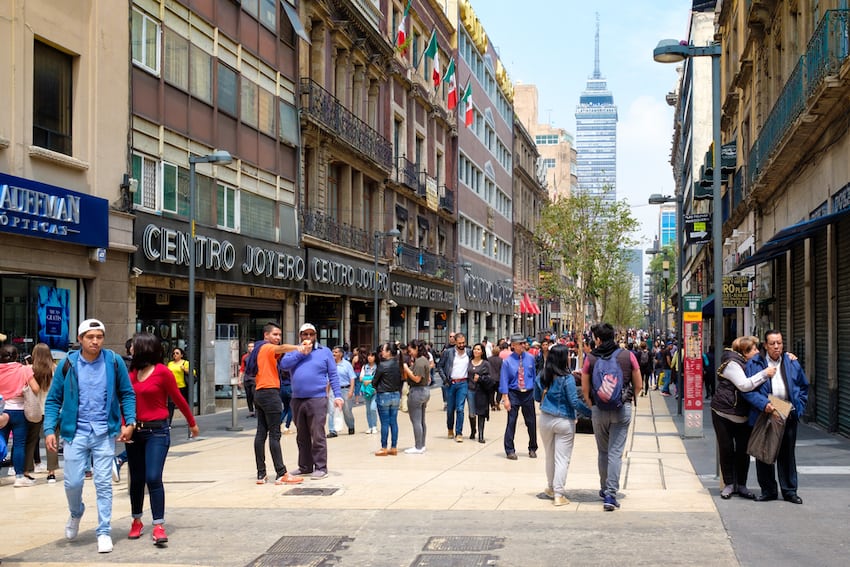Mexico’s unemployment rate hit a historic low of 2.7% in February, according to figures published today by the National Institute of Statistics and Geography (INEGI).
The INEGI’s National Employment and Occupation Survey (ENOE) shows that unemployment in February was a full percentage point lower than the same month in 2022, and 0.1% lower than in January this year.

Underemployment – the number of people who do not work enough hours – was also down to 7.4% in February, compared to 9.2% in February 2022.
These figures are despite the fact that Mexico’s economically active population (of working age) grew by 1.7 million people over the previous year. It reached 60 million people in February 2023, of whom 58.3 million were actively employed.
Mexico’s unemployment rate has been steadily declining after spiking at the beginning of the Coronavirus pandemic.
However, employment in the informal economy remains strong.
Informal labor made up 55.5% of total employment in February 2023, a 0.9% increase from February 2022. Notably, the proportion of men in informal employment dropped slightly during this period, while the proportion of women in informal employment jumped, from 53.7% to 56.4%.

Although these informal figures include those working in subsistence agriculture, a similar trend was observed in non-agricultural informal employment, which rose from 28.5% to 29% overall, and from 28.1% to 29.7% for women.
Of the 2.29 million people who started new jobs since February 2022, only 23% entered the formal economy. This is concerning given that those employed in the informal economy are more economically vulnerable and generally lack social security.
Of those who found formal work, 60% did so in the services sector, particularly in trade. 35.6% entered the industrial sector, mostly in manufacturing, and the remainder took up work in the primary sector.
Overall, Mexico’s economy has maintained a steady recovery from the pandemic.
With reports from El Financiero
